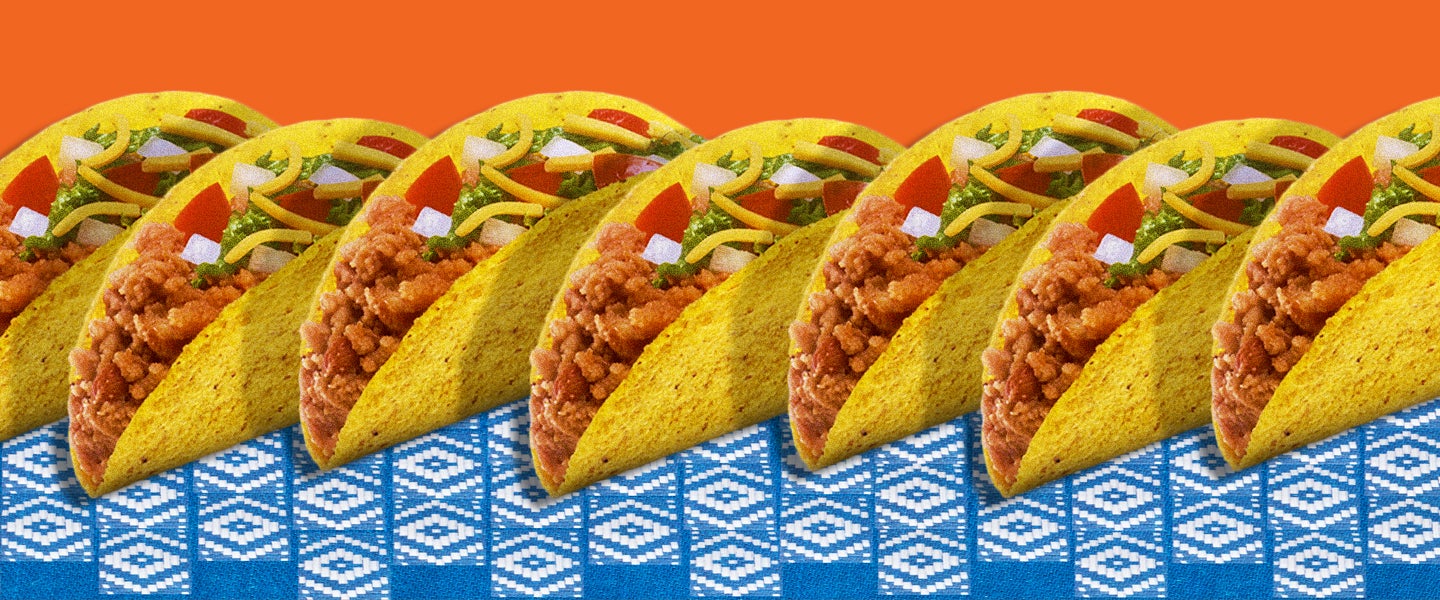In the U.S., it’s impossible to bite into the crunchy goodness of a hard shell taco without thinking of Taco Bell: The combination of a soft, gooey inside counterbalanced with the crunch of a tortilla chip shell is what food porn dreams are made of. Not to mention that they’re inexpensive and nowadays, thanks in large part to Glen Bell, the founder of Taco Bell, ubiquitous. But of course, Bell was an American entrepreneur, and the hard shell taco is Mexican cuisine. So where did they come from, and how did this Mexican food staple become the symbol of an American fast food chain? To find out, I spoke to a food historian, a Los Angeles Times reporter and the grandson of the woman who founded the restaurant that inspired Bell to create his taco kingdom.
“No one invented the hard shell taco”
The theory goes that the word “taco,” which referred to little charges that were used to excavate ore, originated from 18th century silver mines in Mexico. “These were pieces of paper that they would wrap around gunpowder and insert into the holes they carved in the rock face,” reports Smithsonian Magazine. The origins of the actual hard shell taco, however, are as nebulous as the meat inside a crunchy Taco Bell taco.
Jeffrey Pilcher, professor of food history at the University of Toronto Scarborough: Tacos dorados (golden tacos), as they’re called in Mexico, are just basically fried tacos. That’s the version that’s the inspiration for what ultimately becomes the taco shell in the U.S. There are stories about origins and there’s two ways they play out: One of them is linguistic, which is looking for possible indigenous language versions of taco (not tacos dorados, because that’s a Spanish word anyway). The other is an Earl of Sandwich [supposed creator of the first sandwich] kind of thing, where it’s a bit of imagining who created the first version of a thing. [Twentieth century Mexican writer] Salvador Novo imagined that Cortez was served the world’s first taco.
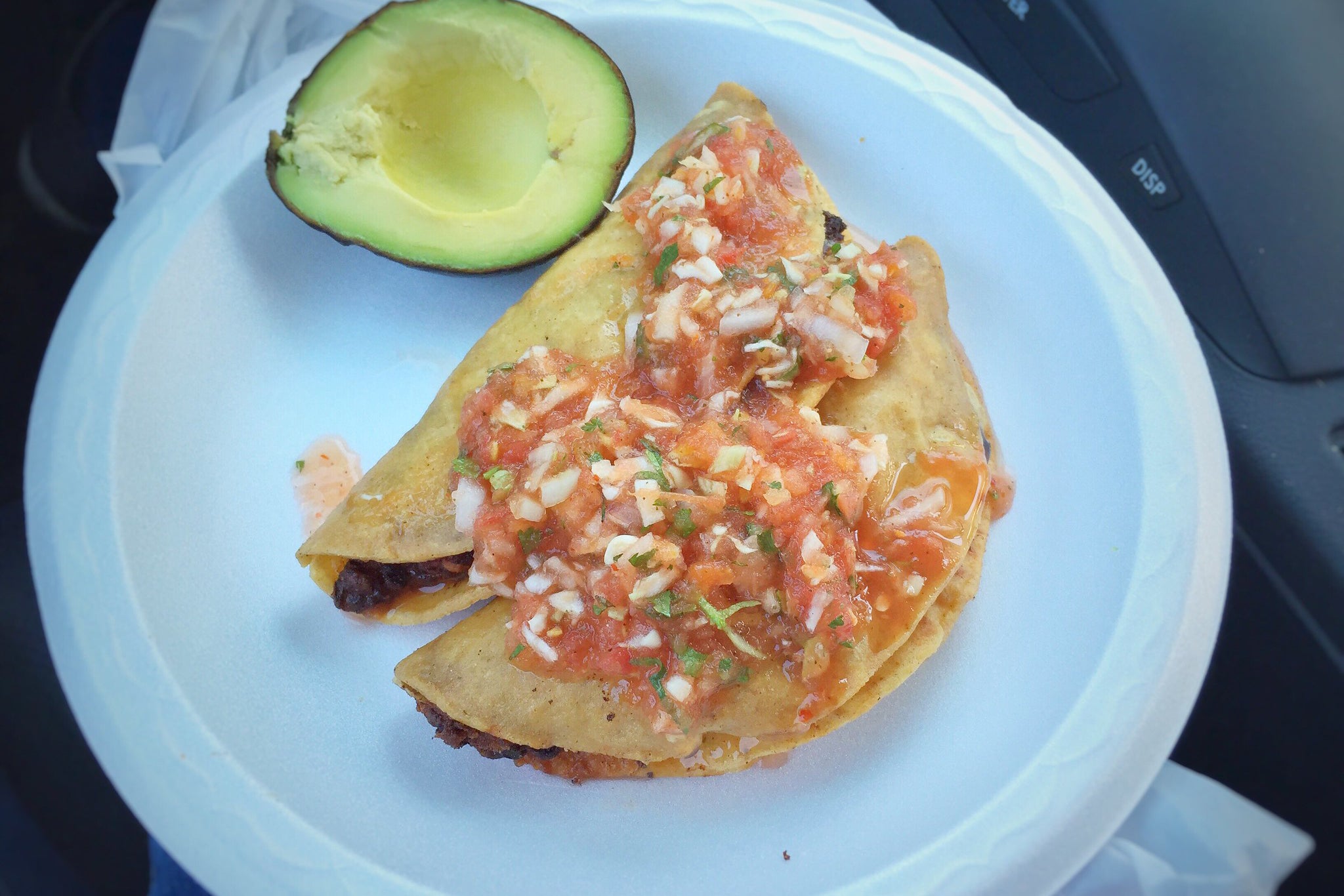
Gustavo Arellano, author of Taco USA: How Mexican Food Conquered America: Tacos dorados is a hard shell pocket. That’s what it boils down to. So no one invented the hard shell taco — there is no ‘one’ creator. I know, people want to find the originator, but it’s really a confluence of all these different people capitalizing on what was already there. Actually, the first tacos in the U.S., they were all hard shell tacos. That was just the style of eating tacos that people brought up with them from Mexico. In fact, the earliest known recipe for a taco in the U.S. in English is a hard shell taco; it was in the L.A. Times.
Arellano [excerpted from his article in the L.A. Times]: The Times promoted America’s first celebrity chef of Mexican food: a Southern housewife named Bertha Haffner-Ginger. The paper brought her to the Southland in 1912 to run its cooking school, and her classes on Mexican food proved so popular that she left after a year to travel the country and lecture on the subject; her California Mexican-Spanish Cook Book, published in 1914, features the earliest known English-language recipe and photo for a taco.
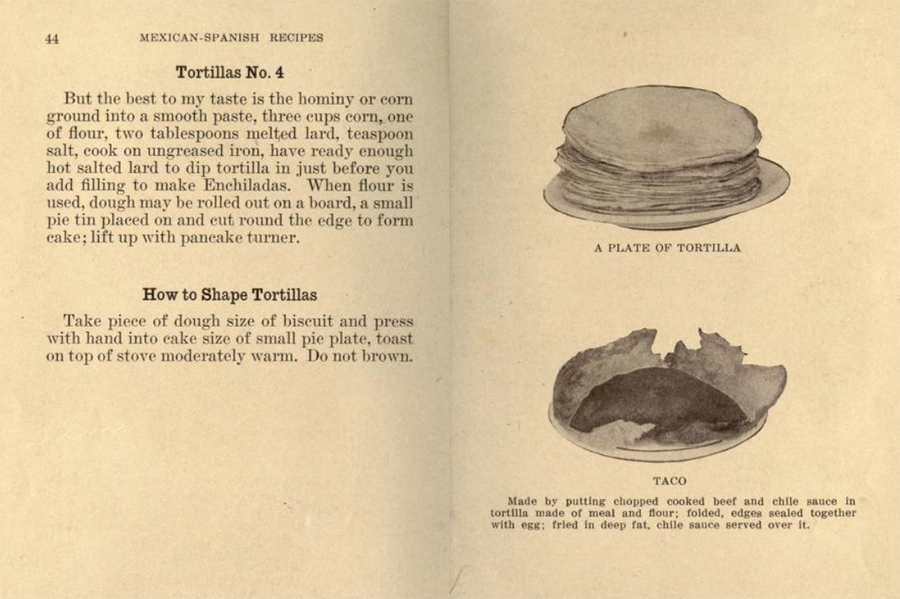
Pilcher: The first recipes for tacos aren’t written down until the 20th century. There’s no archival sources for tacos before about 1890. That’s the amazing thing, that there may have been tacos — and, I speculate, different kinds of tacos — but you look in vain for a primary source, or a document before about 1890 that talks about tacos.
Arellano: Just this [food] history in general, up until the past decade it wasn’t really thought of as “legitimate history” or something for people to try to excavate. Now, everyone’s trying to do food history and it’s a great thing. But when people say, “Oh, why wasn’t it discovered?” It’s because no one was really looking.
Pilcher: The first use of the word “taco” that has become the most famous is actually in a very famous novel by Manuel Payno, called Los Bandidos de Rio Frio. It’s kind of like a Mexican Mark Twain — a local culler writes these big novels about bandits from this cold river. It’s kind of a big sprawling novel of Mexico, but one of the very first scenes they have, it’s very strategically placed — the first taco in the book is being eaten at the Temple of the Virgin of Guadalupe, the national saint. That makes it seem all the more Mexican.
Taco Shells in a Can
Before Old El Paso became the de facto mass produced hard shell taco brand, George Ashley, an unemployed railroad engineer, was the first to figure out a way to fashion taco molds so people could cook hard shell tacos at home. “Fifteen years before the first patent issued for a taco fryer, George fashioned one capable of cooking 600 shells per hour, allowing George to sell tacos in even larger quantities than before and much faster than any competitors,” reports Arellano in What’s Up.
Arellano: Now, if you’re trying to talk about who created the taco shell in terms of mass marketing them, you could make the argument that George Ashley of Absolute Mexican Food did that, because in the late 1930s, way before Glenn Bell or Juvencio Maldonado [the first guy to apply for a patent to do hard shell tacos in mass quantities], he was selling these metal taco molds for making your own taco kits at home.
Pilcher: Of course, the next step was transferring the taco to the taco shell. Glen Bell, who becomes the founder of Taco Bell, claims that he invented this Mexican-American version of a Mexican dish for a fast food audience in the 1950s in San Bernardino, California. But in fact, we have the patent application for various versions of this taco shell that were filed in the 1940s already by Mexican entrepreneurs.
Arellano: Ashley Mexican Food was the first company to sell tortillas in a can. This is starting in the late 1930s. They would have a pamphlet that would be like, “Okay, this is how to make your own taco. You get Ashley tortillas in a can. And then here’s your taco mold. You fry them and, ta-da, you have tacos!”
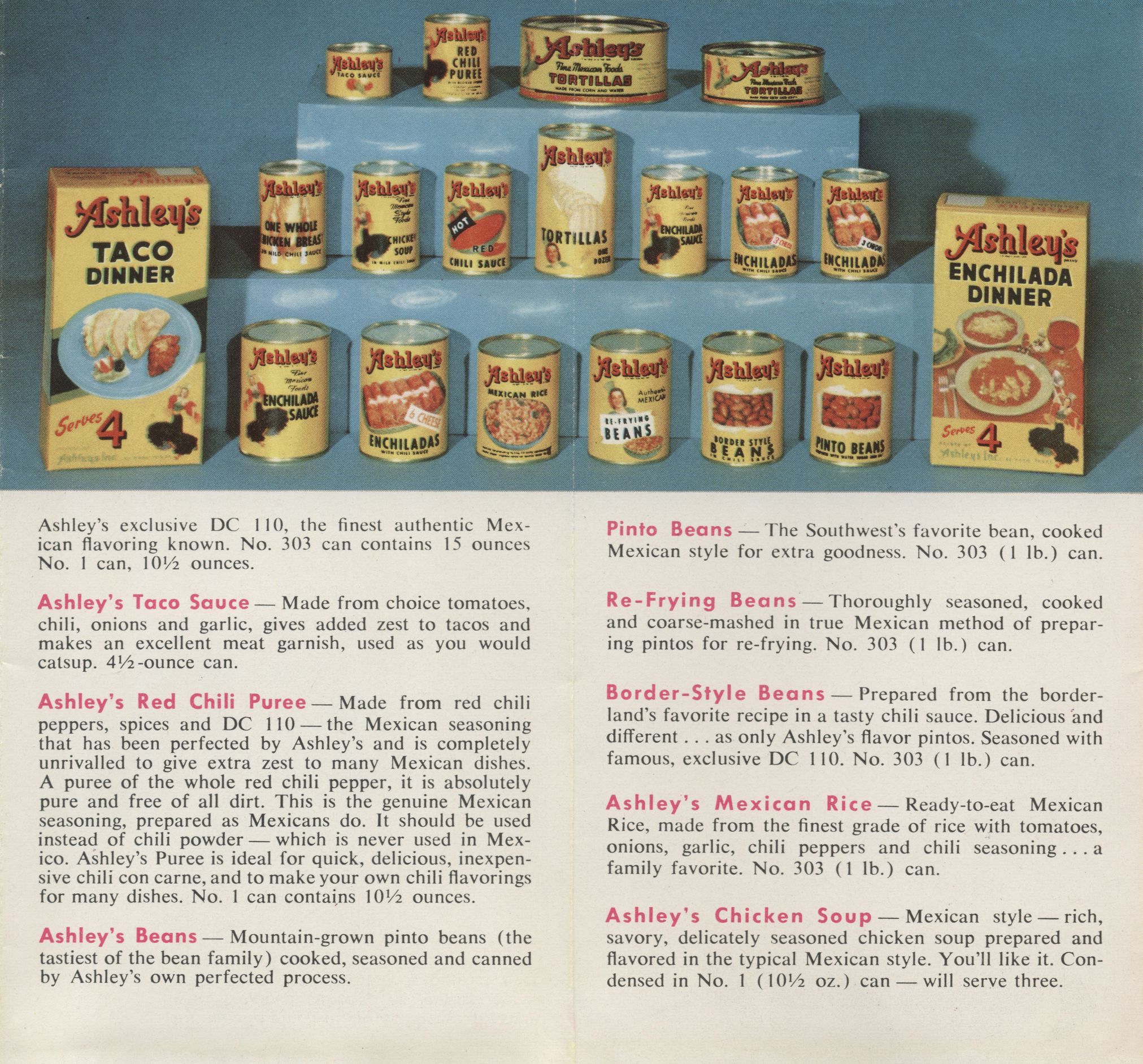
Arellano [Excerpted from his article in OC Weekly]: In 1950, Juvencio Maldonado applied for and received a patent for a machine that would make taco-making a far-easier endeavor. Remember (or learn for the first time) that in those days, a taco was universally made from a fried shell, which meant each shell needed to be fried fresh, and individually folded. Maldonado, a Oaxacan immigrant who ended up in Manhattan in the 1930s, devised a machine that would allow multiple shells to be created at the same time. The effort gained him a mention in the New York Times, though it never took off commercially.
Arellano: If you read other sorts of taco journalism, as it were, they’ll credit Juvencio Maldonado, but Juvencio’s invention didn’t really go anywhere outside of his restaurant. In Juvencio’s case, it was forgotten because he was a Mexican in New York City in the 1950s, and no one bothers to think of Mexicans in New York in the 1950s.
The Inspiration for Taco Bell
Imagine a taco stand parked at a busy intersection on Route 66 in the 1930s. That’s the way one Mexican woman, new to America, began her small taco business — the one that would ultimately inspire Bell to create his fast food chain.
Michael Montaño, co-owner of Mitla Cafe: The restaurant [Mitla Cafe] opened in 1937. Prior to that, my grandparents on my dad’s side, they were in Mexico. My grandfather worked for the railroad. They came up north to San Bernardino — the rail yard is still there, but there were opportunities to work in California in the mid to late 1930s, so he brought my grandmother up. I want to say they had three kids at the time, possibly four, and then just set up some roots in San Bernardino. While they were here, my grandmother wanted to stay busy, so she started selling tacos — a little taco stand on the corner near where we’re located now, and it got popular, especially as cars became more of a thing and more people began to drive across country.
My grandmother’s name was Lucia Rodriguez, or at the time, it was Lucia Montonya. Her husband — his name was Vincente — passed away and she remarried, then took the name Rodriguez. Salvador Rodriguez [her second husband] helped her take the restaurant to the next steps and make it larger. Glenn Bell, he had a burger stand across the street in the 1950s called Bell’s Burgers. He used to come over and try and understand why there was a line of people to eat tacos. Some time after that, in the mid-1950s, he created a restaurant called Taco Tia and started selling tacos out of a side window.
Arellano [excerpted from his article in LA Eater]: Bell, as legend holds, watched lines form for the cafe’s signature 10-cent tacos dorados, a thinly fried tortilla shell lined with simple meats, shredded cheese and diced tomatoes. The entrepreneur befriended staff and family alike, working his way into the kitchen in order to decipher the secrets behind the beguiling taco that was proving so popular in what was then San Bernardino’s barrio district. Bell wanted in on the blossoming Southern California fast-food trend, and he bet successfully that even non-Mexicans would bite on the concept of casual, toned-down tacos.
Pilcher: Glen Bell had seen Mexican restaurants in San Bernardino where they made tacos, but they did them one at a time and it took too long, as he described it in his authorized biography, so he wanted to apply Yankee ingenuity to speed up the process, so people could get their tacos faster. That’s what he claims is the big change.
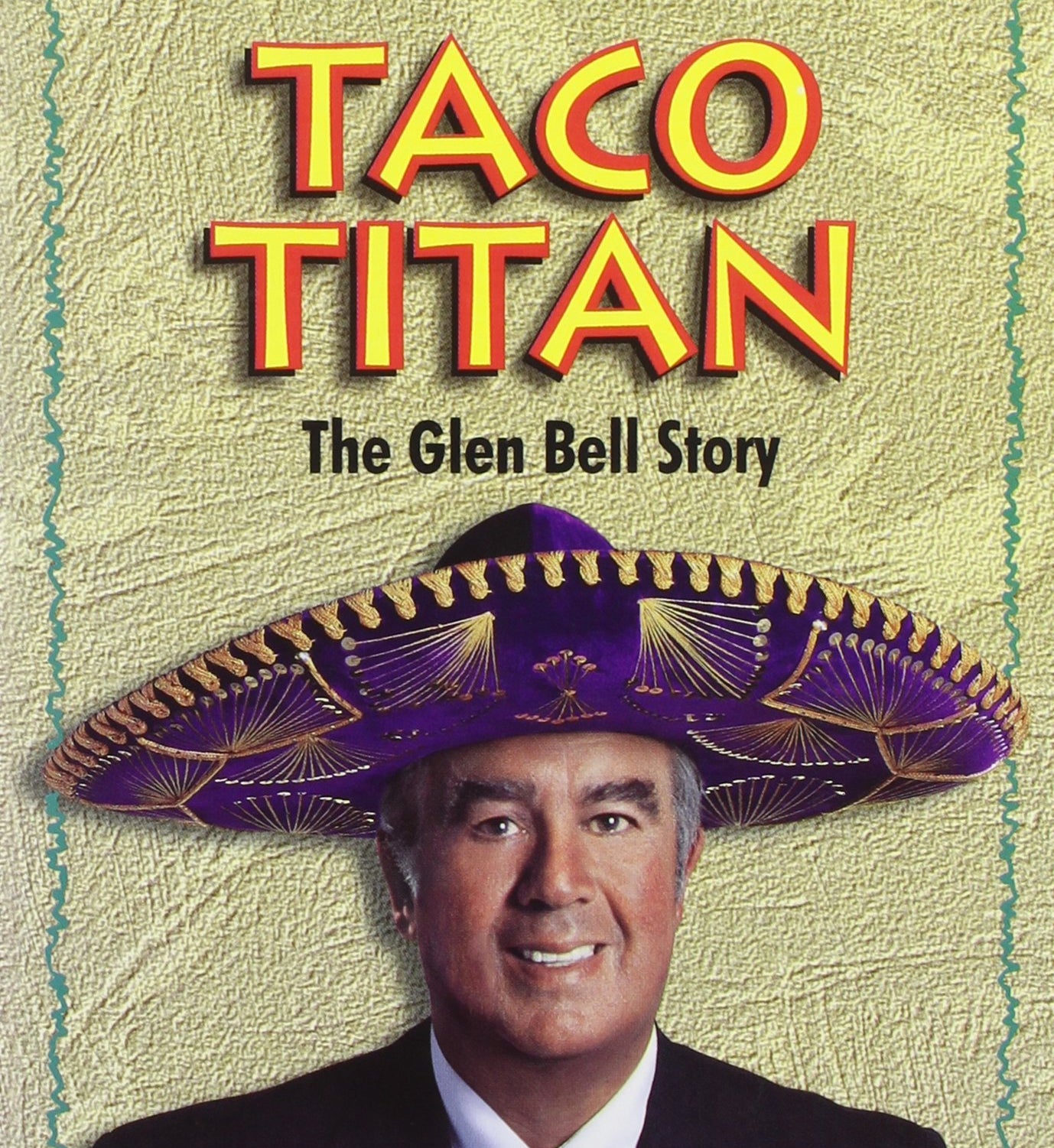
Montaño: There were segregated swimming pools for white kids — Mexican kids couldn’t be in the pool at the same time, very similar to segregation laws in the South. So that was something that was getting worked through, and our restaurant was one of the few places where different cultures came together.
Pilcher: My guess is that Glen Bell’s only originality was that he was serving it as non-Mexican, across the very real lines of segregation that existed in L.A. after World War II. You know what I mean? Basically, he was able to make his fortune because there were large numbers of people who didn’t want to go into a Mexican neighborhood to buy tacos, and yet who were excited by the exoticism of this dish.
Montaño: It’s not something we really knew a lot about. It was funny, when Gustavo [Arellano] came by and started doing some research and interviewing some of the folks at the restaurant, I don’t know if anybody really had made the connection before then.
Pilcher: Eating with the tortilla isn’t a skill that most Americans grow up with and it takes a little bit of learning. In fact, there are people who make comparisons like eating with chopsticks among the Chinese, or dangling the long strands of spaghetti and getting it into your mouth. These are all culturally learned eating skills that take a little time and effort to master. Even then, of course, the taco shells tend to crack and spill it all, so you’re out of luck there. But the point here is it’s a way of making it easier for cultural outsiders who don’t have that knowledge to be able to try something exotic and exciting. That was a large part of the appeal.
Montaño: We’re proud of it for sure. When I slide past the Taco Bell or even other things like Del Taco and the other ones that sprang from Taco Bell, I’m proud of that, you know? Yeah, I’d like to see my grandmother get some credit, or for people to understand where it came from, but that’s happening now. It’s happening slowly and that’s okay. I think it’s better when people uncover it more organically versus it being, “No, this is it. And you need to acknowledge this person,” or anything like that. It’s less impactful, and it becomes more of a divisive topic.
